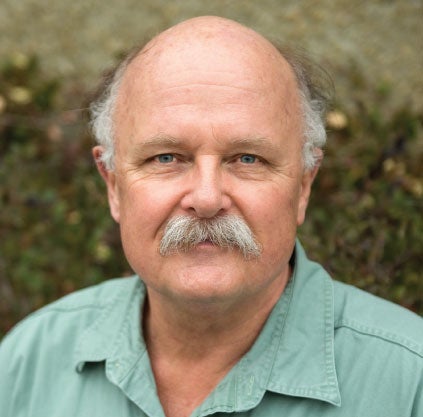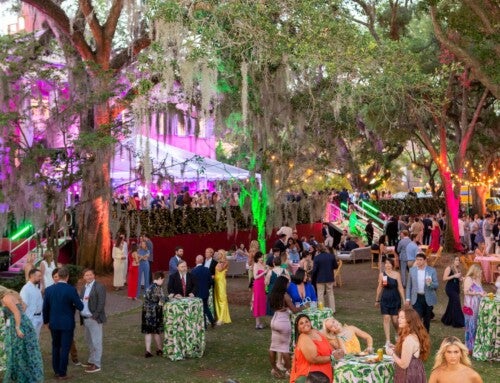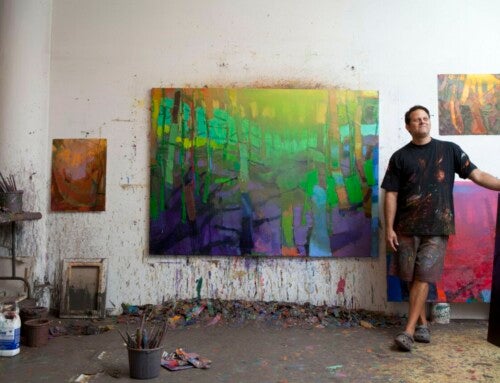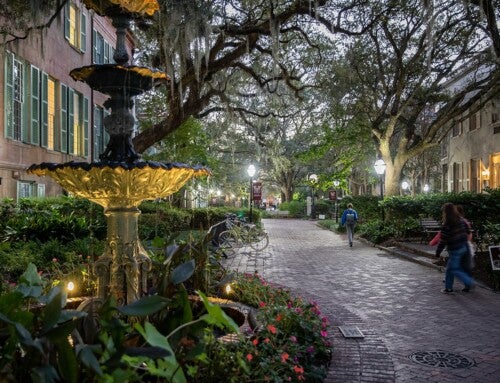 “Legacy just means old,” assistant Professor of Computer Science James Bowring ’00 says in his sunlit office overlooking the Charleston Harbor in the College’s new space at Harbor Walk. It’s the office he was packing to move into when he stumbled upon a September 1965 article in Computers and Automation magazine featuring a piece of code that he’d written as a kid. The magazine focused on a tic-tac-toe program Bowring developed using a teletype connected to a remote computer.
“Legacy just means old,” assistant Professor of Computer Science James Bowring ’00 says in his sunlit office overlooking the Charleston Harbor in the College’s new space at Harbor Walk. It’s the office he was packing to move into when he stumbled upon a September 1965 article in Computers and Automation magazine featuring a piece of code that he’d written as a kid. The magazine focused on a tic-tac-toe program Bowring developed using a teletype connected to a remote computer.
But when Bowring discusses legacy, he’s talking about data. Specifically, information and findings discovered about marine limestone and cave deposits that Bowring, several of his undergraduate students and researchers at collaborating universities will use in his lab (funded by a grant from the National Science Foundation) as they work to standardize data processing. Standardization will help to archive, combine and compare existing data that was acquired and interpreted using varying methods.
“There are many, many researchers using different techniques who have no way to compare their results on a robust scale,” Bowring explains. “This is a problem we’re trying to solve.”
He and his collaborators within the College of Charleston, the University of Kansas, the University of Hawaii and the University of Florida are using geological data collected over more than two decades to create a universally accessible database for scientists, scientific journal readers and the public alike.
Of the four universities participating on Bowring’s team for the grant, titled “Collaborative Research: Cyber-infrastructure for Interpreting and Archiving U-series Geochronologic Data,” as part of the NSF’s Data Infrastructure Building Blocks (DIBBs) program, the College has the only computer scientists. The other schools have geologists, who use their mathematics skills on this project as much as their earth sciences knowledge. The $580,000 grant was awarded in October – with other researchers who were funded as part of DIBBs, bringing the total award amount to $31 million.
For Bowring, the concept of cyber infrastructure as building blocks is a familiar one. He spent 25 years between high school and college as a general contractor, at times owning or part owning construction companies in Charleston. His first, James and Sun Inc., specialized in exploiting solar energy in the 1980s and 1990s. His second, Palmetto Craftsmen Inc., is still around under the operation of Bowring’s former business partner, to whom he sold his share when he decided to pursue his bachelor’s degree. Bowring graduated from the College with degrees in both computer information systems and historic preservation and community planning, further entwining the fields of construction and computer science.
“Construction and software engineering are two sides of the same coin,” Bowring says. “They use the same terminology – we build in both and we use patterns in both. I imagine a physical world and a virtual world. In each, you have to be able to orchestrate parts over time to produce a result.”
Bowring went on to get his doctorate from the Georgia Institute of Technology in 2006 before returning to teach at the College. He let his construction licenses expire, focusing entirely on computer science: “I’m in academia now, and loving it.”
Over the years, Bowring has taught everything from entry-level courses such as Computer Fluency to graduate-level classes such as Foundations of Software Engineering and Software Testing and Maintenance, all the while continuing to integrate his virtual world with the physical one – his lab has been building cyber infrastructure since 2006.
The collaborative DIBBs grant was “the next logical step,” Bowring notes. “This project is helping to break down the silos in science. We talk continuously, and we’re collaboratively developing these tools.”
Bowring’s lab at the College is called the Cyber Infrastructure Research and Development Lab for the Earth Sciences (CIRDLES.org). He currently has eight undergraduate students assisting him.
“I’m super interested in ensuring that the students have a great research experience – that they get published, learn how to present and to work as part of a team,” Bowring says.
As Bowring’s undergraduate students work alongside him in CIRDLES, building software that will process and archive data representing the legacies of other scientists, they are becoming parts of his legacy as well – parts that will each produce unique results in both the physical and virtual worlds.
– Hannah Ashe ’12
– Photo by Reese Moore




